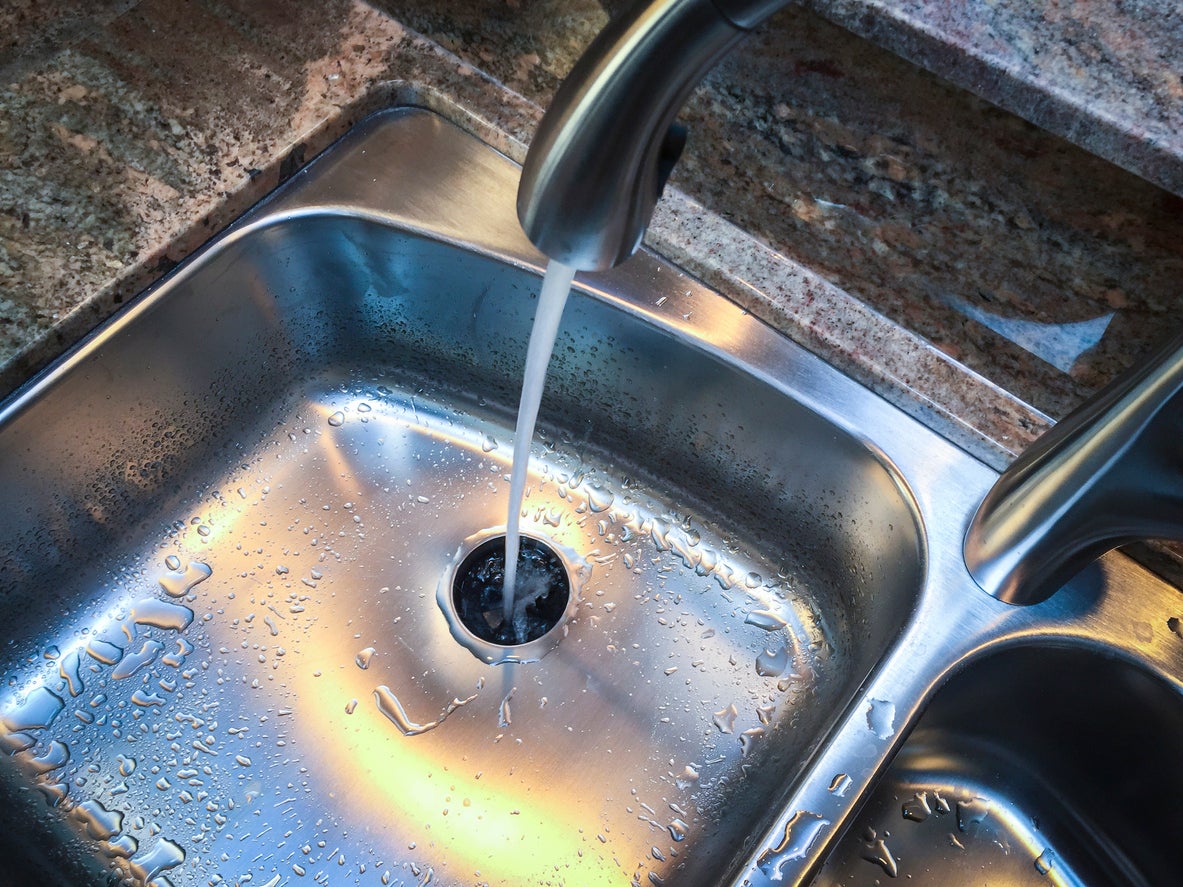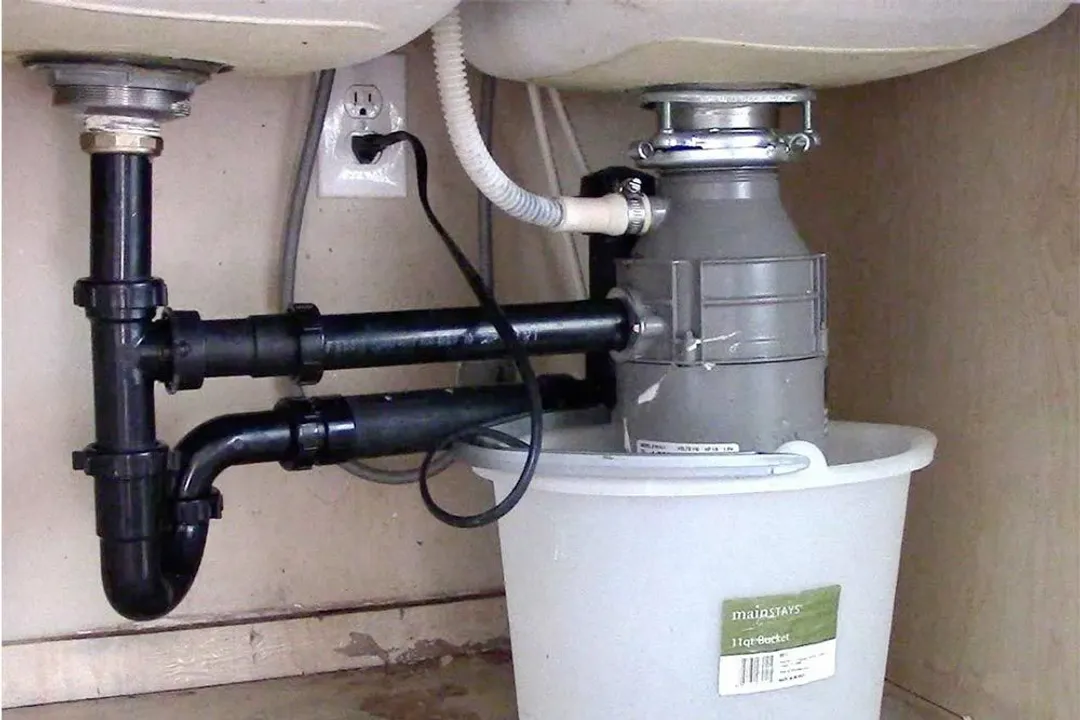Recommended Methods for Resolving a Leak in Your Garbage Disposal
Recommended Methods for Resolving a Leak in Your Garbage Disposal
Blog Article
What are your thoughts concerning Garbage Disposal Leaking From Bottom?

Waste disposal unit are important kitchen area devices that help in taking care of food waste efficiently. Nevertheless, a leaking garbage disposal can be an aggravating and untidy issue to deal with. Thankfully, lots of leaks can be taken care of quickly with a couple of basic steps. In this short article, we will talk about how to take care of a leaking garbage disposal properly.
Intro
Garbage disposals are mounted under cooking area sinks and are created to shred food waste right into smaller items, permitting it to go through the plumbing system conveniently. While these gadgets are typically reliable, leakages can happen over time as a result of wear and tear, loosened connections, or damages to the unit.
Step-by-Step Overview to Repairing a Dripping Waste Disposal Unit
Shut off the Power
Prior to attempting any kind of repairs, make sure that the power to the garbage disposal system is switched off to prevent the danger of electrical shock.
Locate the Leakage
Identify the precise area of the leakage and identify the cause
Tighten up Links
Use a wrench to tighten any type of loosened links in between the disposal device and the plumbing system.
Replace Seals or Gaskets
If the leak is because of worn seals or gaskets, eliminate the old elements and change them with brand-new ones.
Patching Splits or Openings
For cracks or openings in the disposal device, usage epoxy or an ideal patching product to secure the broken location.
Determining the Source of the Leak
Before attempting to repair a dripping waste disposal unit, it is essential to recognize the resource of the leak. This can usually be done through visual inspection or by performing easy examinations.
Visual Examination
Evaluate the waste disposal unit system very carefully for any type of indications of water leakage. Pay attention to locations around seals, gaskets, and connection points.
Examining for Leaks
One means to check for leaks is by running water via the disposal system and looking for any type of visible indications of leakage.
Usual Root Causes Of Leakages in Trash Disposals
Worn Seals and Gaskets
Seals and gaskets play an important duty in avoiding water from dripping out of the waste disposal unit. In time, these components can weaken, leading to leaks around the disposal system.
Loose Links
The connections between the garbage disposal and the plumbing system can come to be loosened with time, causing water to leak out during procedure.
Splits or Openings in the Disposal Device
Physical damages to the waste disposal unit, such as splits or openings in the real estate, can additionally cause leakages.
Devices and Products Needed for Dealing With a Dripping Waste Disposal Unit
Before beginning the repair work process, collect the essential devices and materials, including a screwdriver, flexible wrench, plumber's putty, substitute seals or gaskets, and epoxy or patching material for repairing splits or holes.
Testing the Waste Disposal Unit After Repair Service
Once the fixing is total, evaluate the waste disposal unit by running water with it to ensure that the leakage has actually been dealt with.
Preventive Upkeep Tips to Avoid Future Leakages
To prevent future leakages, it is vital to carry out normal maintenance on your waste disposal unit. This consists of maintaining it clean, preventing placing non-food products or hard items down the disposal, and occasionally checking for leaks or various other concerns.
Verdict
In conclusion, taking care of a dripping waste disposal unit is a reasonably uncomplicated process that can be completed with basic tools and materials. By complying with the steps detailed in this write-up and exercising preventative maintenance, you can keep your garbage disposal in good working problem and stay clear of expensive fixings in the future.
What to Do About a Leaking Garbage Disposal
A leaking garbage disposal often goes unnoticed until you confront a sopping cabinet, a foul-smelling puddle, or an audible drip-drip-drip from the unit. The fix can be frustrating, too, because the leak can stem from a number of components in the system. Fortunately, with a little sleuthing, you can zero in on the leak and—depending on the exact location—stop the icky oozing and repair the component that caused it. Worst case scenario, if it turns out that the garbage disposal must be replaced, installing a new one is a reasonable do-it-yourself task for those with basic plumbing skills. Read on to keep the cash you’d otherwise hand over to a pro.
Prepare to find the leak
Prior to testing the garbage disposal for leaks, unplug it at the wall outlet and turn off the power from the breaker box to prevent electrical shock. Then insert a watertight sink stopper into your sink drain and wipe the unit dry with a clean cloth. In any handy container, mix a few drops of food coloring into a few cups of water, and pour the dyed water onto the sink stopper to help you locate the leak.
Investigate the source
the top, where the disposal meets the sink drain the side, where the dishwasher hose or main drain pipe connects to the disposal or the bottom of the unit Inspect each of these locations while gliding a light-colored rag over the unit; the dyed water will readily show on the rag and reveal the location of the leak. If a leak isn’t immediately apparent, remove the sink stopper and pour a few more cups of dyed water down the sink drain, then check for leaks again. Leaks near the top of the unit are more likely to show themselves while the sink is plugged, while side and bottom leaks are more noticeable while the sink is unplugged.
The metal sink flange that sits directly inside the sink drain is typically sealed around the top with plumber’s putty (a clay-like sealant) and then secured from under the sink with bolts. If the plumber’s putty deteriorates, or the bolts loosen, the flange can no longer form a watertight seal between the sink drain and the disposal—which could cause a leak at the top of the unit.
To reseal the leaky flange, you must first detach the garbage disposal. Start by loosening the screws securing the main drain pipe to the disposal, then loosen the screws in the metal clamp securing the dishwasher hose to the disposal and detach the drain pipe and dishwasher hose from the disposal. Loosen the screws in the mounting ring that connects the disposal to the metal mounting assembly beneath the sink, then pull down the disposal and carefully set it on a clean, dry surface. Loosen the bolts in the mounting assembly with a wrench, then pull down the mounting assembly and set it near the disposal.

I have been very involved in Garbage Disposal Leaking From Bottom and I am hoping you appreciated the blog entry. Those who enjoyed our article please do not forget to pass it around. Thank you so much for your time invested reading it.
Request An Estimate Report this page